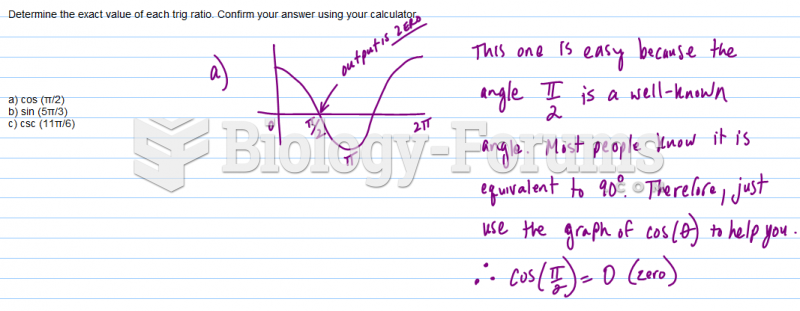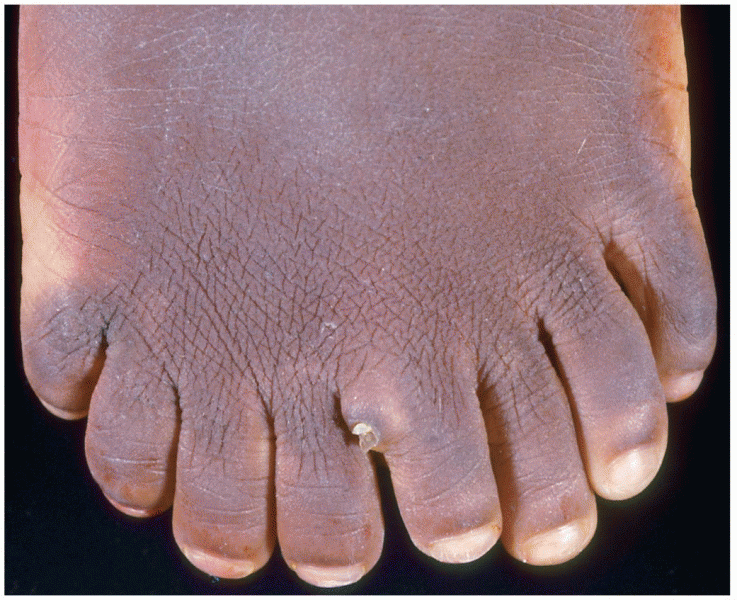|
|
|
When blood is deoxygenated and flowing back to the heart through the veins, it is dark reddish-blue in color. Blood in the arteries that is oxygenated and flowing out to the body is bright red. Whereas arterial blood comes out in spurts, venous blood flows.
Eat fiber! A diet high in fiber can help lower cholesterol levels by as much as 10%.
Every 10 seconds, a person in the United States goes to the emergency room complaining of head pain. About 1.2 million visits are for acute migraine attacks.
The senior population grows every year. Seniors older than 65 years of age now comprise more than 13% of the total population. However, women outlive men. In the 85-and-over age group, there are only 45 men to every 100 women.
Calcitonin is a naturally occurring hormone. In women who are at least 5 years beyond menopause, it slows bone loss and increases spinal bone density.
 When the White House tapes were turned over to the special prosecutor, several crucial sections had ...
When the White House tapes were turned over to the special prosecutor, several crucial sections had ...
 A typical calibration code sticker on the case of a controller. The information on the sticker is ...
A typical calibration code sticker on the case of a controller. The information on the sticker is ...





